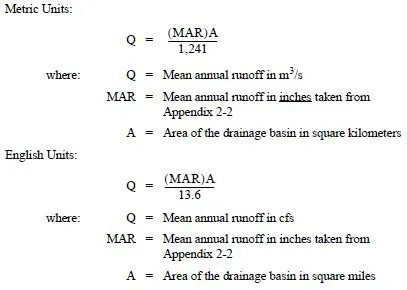Regardless of snowmelt impacting a project site, PEOs should consider the following issues to provide adequate road drainage and prevent flood damage to downstream properties:
• Roadside drainage: During the design phase, consideration should be given to how roadside snow will accumulate and possibly block and erode inlets and other flow paths for water present during the thawing cycle. If it is determined that inlets could be blocked by the accumulation of plowed snow, consideration should be given to an alternate course of travel for runoff. This will help prevent the water ponding that sometimes occurs in certain areas because of snowmelt and rain not having an open area in which to drain off the roadway. This may require coordination with the WSDOT Maintenance Office.
• Retention ponds: When detention or retention ponds are located near the roadway, the emergency spillway should be located outside of any snow storage areas that could block overflow passage, or an alternative flow route should be designated. This may require coordination with the WSDOT Maintenance Office.
• Frozen ground: Frozen ground coupled with snowmelt or rain on snow can cause unusually adverse conditions. These combined runoff sources are generally reflected in the USGS regression equations and in the historical gage records. No corrections or adjustments need to be made to these hydrology methods for frozen ground or snowmelt. For smaller basins, the SBUH Method and Rational Method are used to determine peak volume and peak runoff rates. The curve number (CN) value for the SBUH Method and the runoff coefficient for the Rational Method do not need to be increased to account for frozen ground in snowy or frozen areas as consideration has been given to this in the normal precipitation amounts and in deriving the snowmelt equation.
